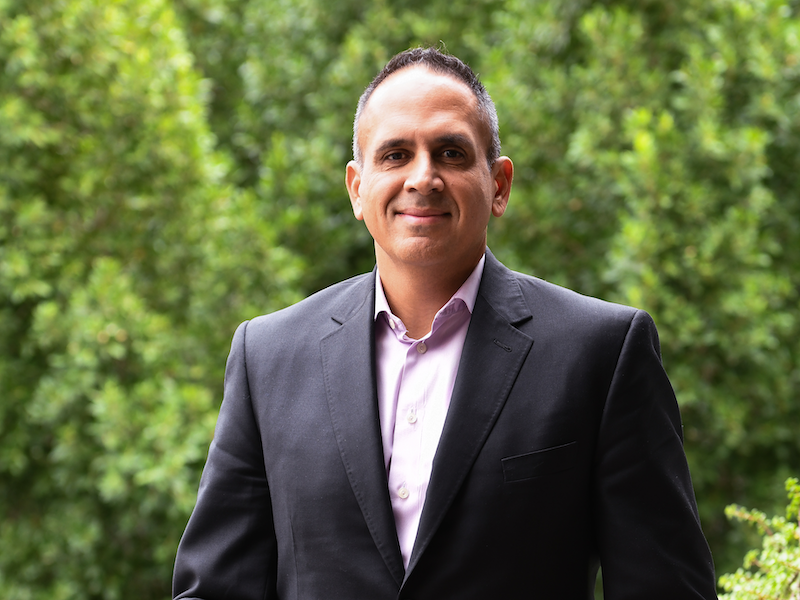
Climate change presents an ongoing challenge to institutional investors’ allocations to domestic corporate bond, according to Soami Kohly, fixed income portfolio manager at MFS Investment Management, speaking during a session at the Canadian Investment Review‘s 2022 Investment Innovation conference.
“The way that we think about [environmental, social and governance issues] is that it’s just another traditional business risk. You want to see if it’s material to the cash flows or not. . . . As a society, we’ve decided that we want to decarbonize the world — and that means companies that once had sustainable cash flows might not be sustainable in the future.”
Read: Using green bonds to bridge sustainable development goal funding gap
The universe of domestic corporate bonds isn’t large, with only about 100 issuers — more than half of which are in the banking, utilities and energy sectors, he noted. “Whatever the asset class, you need to understand the benchmark to understand where the risk from ESG is embedded.”
The limited scope of Canadian corporate bonds allows MFS to consider the entire index. Its first step is to conduct an analysis of ESG risks applicable to each bond offering. “Our analysts don’t make a recommendation on a credit profile and then make an ESG rating — that doesn’t help. As a portfolio manager, I have to decide to buy, hold or sell, that means we need one rating that incorporates all risks.”
The next step is to consider opportunities related to ESG issues, including climate change. “We don’t want to just see where they are now, we want to see where they are going. . . . Can they reduce their climate emissions? If they can, that means that these companies are going to be less exposed to ESG risks in the future better in the long term. They’ll generate more alpha.”
Read: The green shoots of Canada’s green bond market
While MFS pays attention to ESG ratings from numerous agencies and provides this information to its investor clients, Kohly said he isn’t making investment decisions based on these scores. “The ESG profile of our portfolios is an outcome not an input.” . . . I look at my overall ESG rating because clients will ask about it.”
One thing he doesn’t recommend is adopting an exclusionary approach to companies involved in the fossil fuel sector. By paying too much attention to ESG rating agencies and too little to the facts and figures behind reports, investors can miss big opportunities.
In one case, Kohly’s team identified a Canadian energy sector company involved in renewables believed to be under-priced. While the company also boasted an impressive record of reducing its overall carbon intensity, it was involved in an oil pipeline. “It has utility-like earnings but it trades at a discount to utilities. I think that’s because of exclusionary practices. Some companies just won’t own it because of it’s involved in oil.
Read more coverage of the 2022 Investment Innovation Conference.
